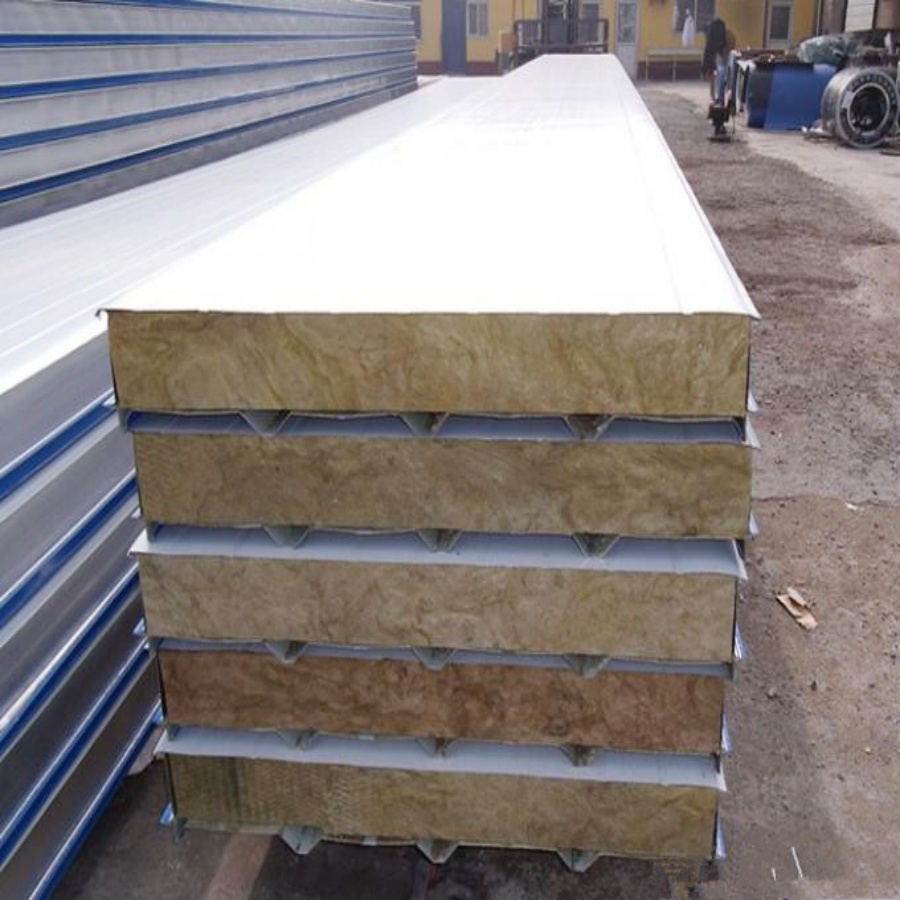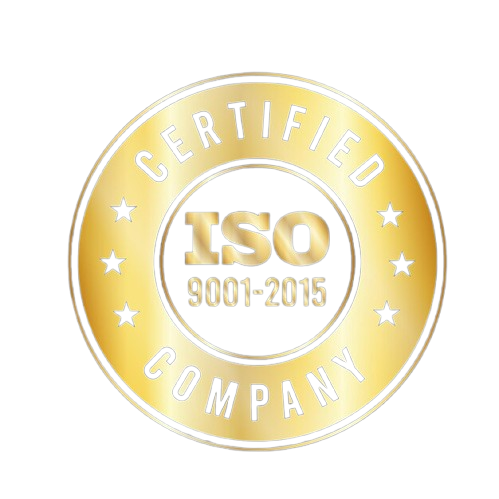Innovative Cleanroom Engineering Solutions: Achieving Precision and Compliance in Controlled Environments
Cleanrooms are essential for industries where contamination control is crucial to ensure product quality and safety. From pharmaceuticals and biotechnology to electronics and aerospace, cleanroom engineering solutions offer advanced technologies and innovative designs that create sterile, controlled environments. By implementing these cutting-edge solutions, industries can enhance contamination control, improve efficiency, and meet stringent regulatory standards.
In this article, we’ll explore innovative cleanroom engineering solutions that drive performance, optimize operational efficiency, and support high standards of cleanliness and compliance.
The Importance of Advanced Cleanroom Engineering Solutions
Cleanrooms require meticulous design and technology integration to achieve controlled environments that meet specific cleanliness standards. Advanced engineering solutions help cleanrooms maintain stable, particle-free conditions, offering numerous benefits:
- Enhanced Contamination Control: Stringent contamination control reduces the risk of product defects, especially for high-sensitivity items like microchips and pharmaceuticals.
- Regulatory Compliance: Cleanrooms must comply with ISO, GMP, and FDA standards. Engineering solutions support these standards through precise environmental control and monitoring.
- Operational Efficiency: Innovative designs and technologies streamline workflows, reducing downtime and improving productivity.
These solutions allow cleanrooms to support high-stakes production processes, ensuring products meet quality, safety, and regulatory requirements.
Key Components of Innovative Cleanroom Engineering Solutions
Cutting-edge cleanroom engineering solutions encompass modular construction, advanced environmental control, real-time monitoring, and automated systems. Here are some of the most impactful components in modern cleanroom engineering:
1. Modular Cleanroom Design and Construction
Modular cleanroom solutions offer flexibility and scalability, allowing facilities to adapt their layout and structure as operational needs evolve.
- Quick Installation: Modular panels and prefabricated components enable rapid construction, reducing installation time and minimizing production interruptions.
- Flexible Layouts: Modular cleanrooms can be reconfigured or expanded without requiring a complete overhaul, supporting scalability as production demands grow.
- Reduced Waste: Prefabricated modular components reduce material waste and installation time, offering a sustainable approach to cleanroom construction.
Modular cleanrooms are ideal for industries with dynamic production needs, such as biotechnology and electronics, as they offer an adaptable, long-term solution.
2. Advanced Air Filtration and HVAC Systems
Maintaining clean air is essential for contamination control, and modern air filtration and HVAC systems play a vital role in ensuring air quality.
- HEPA and ULPA Filtration: High-Efficiency Particulate Air (HEPA) filters trap particles as small as 0.3 microns, while Ultra-Low Penetration Air (ULPA) filters capture even smaller particles. These filters are crucial for cleanrooms with stringent particle requirements.
- Laminar Flow and Turbulent Flow Systems: Cleanrooms use laminar airflow for areas requiring high contamination control, while turbulent airflow distributes filtered air evenly in lower-class areas.
- Pressure Control Systems: Maintaining positive pressure in clean areas and negative pressure in containment zones prevents cross-contamination, supporting cleanroom integrity.
By integrating advanced filtration and airflow systems, cleanrooms can maintain consistent air quality and meet cleanliness standards in even the most stringent environments.
3. Environmental Monitoring and Control Systems
Real-time monitoring is essential for maintaining cleanroom standards, providing continuous data on key environmental parameters such as particle counts, temperature, humidity, and pressure.
- IoT-Enabled Sensors: Internet of Things (IoT) technology connects cleanroom sensors to provide remote access to real-time environmental data.
- Automated Alerts: Monitoring systems trigger alerts if environmental conditions deviate from set parameters, enabling immediate corrective action to prevent contamination.
- Data Logging for Compliance: Automated data logging provides a detailed record of environmental conditions, supporting regulatory audits and quality assurance.
Environmental monitoring systems ensure cleanrooms remain within the required standards, reducing contamination risks and supporting compliance with ISO and GMP guidelines.
4. Robotics and Automation for Precision and Efficiency
Robotic and automated systems are increasingly used in cleanrooms to perform tasks that minimize human presence, reducing the risk of contamination and increasing productivity.
- Automated Material Handling: Robots transport materials between cleanroom zones, minimizing human contact and contamination risks.
- Automated Cleaning Systems: Robots equipped with HEPA filters and antimicrobial surfaces can autonomously clean floors and surfaces, ensuring consistent cleanliness.
- Programmable Task Protocols: Cleanroom robots can be programmed to perform specific tasks with precision and consistency, reducing errors and ensuring compliance with cleanroom protocols.
Automation enhances both productivity and cleanliness, making it ideal for industries with high production volumes or strict contamination control requirements.
5. Energy-Efficient HVAC and Lighting Solutions
Cleanrooms are energy-intensive environments, and modern engineering solutions focus on energy efficiency to lower operating costs and environmental impact.
- Variable Frequency Drives (VFDs): VFDs in HVAC systems adjust fan speed based on environmental conditions, reducing energy consumption without compromising performance.
- Efficient LED Lighting: LED lights reduce energy usage and provide consistent lighting levels, supporting productivity while lowering costs.
- Thermal Insulation and Air Recirculation: Insulation and recirculation systems reduce heat loss and lower the strain on HVAC systems, optimizing energy usage.
Energy-efficient systems are beneficial for industries with high operational demands, enabling cleanrooms to achieve sustainability goals and reduce operational costs.
6. Antimicrobial and Non-Contaminating Materials
Advanced materials play a crucial role in maintaining cleanliness and preventing microbial growth in cleanrooms.
- Non-Porous Surfaces: Materials like stainless steel and coated metals are non-porous and easy to clean, minimizing particle buildup.
- Antimicrobial Coatings: Antimicrobial coatings prevent bacterial growth on surfaces, offering additional contamination control for critical areas.
- Seamless Flooring and Walls: Modular panels with seamless joints reduce areas where particles can accumulate, supporting compliance with cleanliness standards.
Using contamination-resistant materials supports regulatory compliance and ensures that cleanrooms remain free from microbial contamination, especially in industries like pharmaceuticals and biotechnology.
Best Practices for Implementing Innovative Cleanroom Engineering Solutions
To maximize the benefits of innovative cleanroom engineering solutions, it’s essential to follow best practices for design, implementation, and maintenance. Here are some recommendations:
1. Regular Maintenance and System Calibration
Routine maintenance and calibration of cleanroom systems ensure consistent performance and compliance.
- Scheduled Filter Replacements: Replace HEPA and ULPA filters according to usage and manufacturer recommendations to maintain air quality.
- Calibrate Monitoring Systems: Regular calibration of temperature, humidity, and particle monitoring systems ensures accurate readings.
- Routine HVAC Maintenance: Maintain HVAC systems to prevent temperature and humidity fluctuations that could compromise contamination control.
Routine maintenance supports compliance and reduces the risk of unexpected system failures, ensuring the cleanroom remains operational and within regulatory standards.
2. Comprehensive Personnel Training and Protocols
Personnel are a primary contamination source in cleanrooms, so it’s essential to train staff on contamination control protocols.
- Gowning Procedures: Require personnel to wear cleanroom-specific garments, including coveralls, masks, gloves, and shoe covers, to prevent particle shedding.
- Hand Hygiene Protocols: Implement handwashing protocols and use air showers to remove contaminants before personnel enter the cleanroom.
- Training on Cleanroom Protocols: Regularly train staff on cleanroom behavior, minimizing movement and following strict protocols to maintain cleanliness.
Effective training minimizes human-related contamination risks, supporting consistent compliance with cleanliness standards.
3. Optimize Workflow and Zoning for Contamination Control
A well-organized layout prevents cross-contamination and optimizes workflow efficiency.
- Controlled Entry Points: Use gowning areas, air showers, and entry points to limit contaminants entering the cleanroom.
- Defined Zones by Cleanliness Level: Establish zones with different cleanliness levels, ensuring that critical areas receive optimal contamination control.
- Streamlined Material and Personnel Flow: Plan material and personnel movement strategically, reducing unnecessary traffic in high-sensitivity zones.
A streamlined layout minimizes contamination risks and enhances productivity, particularly in industries where high traffic is common.
4. Use Data-Driven Insights for Continuous Improvement
Analyze environmental monitoring data to identify trends, troubleshoot issues, and improve cleanroom operations.
- Analyze Trends in Environmental Data: Review monitoring data to identify recurring issues and optimize systems for better contamination control.
- Implement Corrective Actions: Address deviations in environmental conditions quickly to prevent contamination risks.
- Support Compliance with Documentation: Comprehensive data logs and reports support audits and regulatory inspections, verifying compliance with industry standards.
Continuous improvement initiatives enable cleanrooms to maintain compliance, adapt to changing standards, and enhance operational performance.
Benefits of Innovative Cleanroom Engineering Solutions
Innovative cleanroom engineering solutions offer significant benefits for contamination control, efficiency, and regulatory compliance. Key benefits include:
- Improved Product Quality: Effective contamination control supports high product quality, ensuring safety and consistency.
- Operational Flexibility: Modular and automated systems provide flexibility, enabling cleanrooms to scale and adapt to changing production needs.
- Lower Operating Costs: Energy-efficient HVAC systems, LED lighting, and automated monitoring reduce operational expenses, supporting long-term cost savings.
- Regulatory Compliance: With precise environmental control and monitoring, cleanrooms meet ISO, GMP, and FDA standards, supporting product quality and market access.
Why Choose Wise Link for Cleanroom Engineering Solutions
At Wise Link, we specialize in providing innovative cleanroom engineering solutions that meet your industry’s unique needs. Our approach integrates advanced environmental control, automation, and flexible design to support contamination control, efficiency, and compliance.
- Customized Cleanroom Designs: We create tailored cleanroom solutions, from modular construction to advanced air filtration, ensuring compliance with industry standards.
- Cutting-Edge Technology: Our engineering solutions incorporate IoT-enabled monitoring, robotics, and energy-efficient HVAC systems to optimize performance.
- Expert Support and Maintenance: Wise Link offers ongoing support to keep your cleanroom systems operating at peak efficiency and compliance.
Conclusion: Building High-Performance Cleanrooms with Advanced Engineering Solutions
Advanced cleanroom engineering solutions are essential for industries requiring stringent contamination control. By integrating modular designs, real-time monitoring, automated systems, and energy-efficient technology, cleanrooms can achieve high performance, support product quality, and meet regulatory requirements.
If you’re ready to implement or upgrade your cleanroom, Wise Link provides industry-leading engineering solutions to meet your needs. Contact us today for a free consultation and custom quote to explore how our innovative cleanroom engineering solutions can support your operational goals.
Achieve Peak Performance with Wise Link's Cleanroom Engineering Solutions
Optimize Contamination Control, Efficiency, and Compliance with Innovative Design. Contact Us Today for a Free Consultation and Custom Quote!




